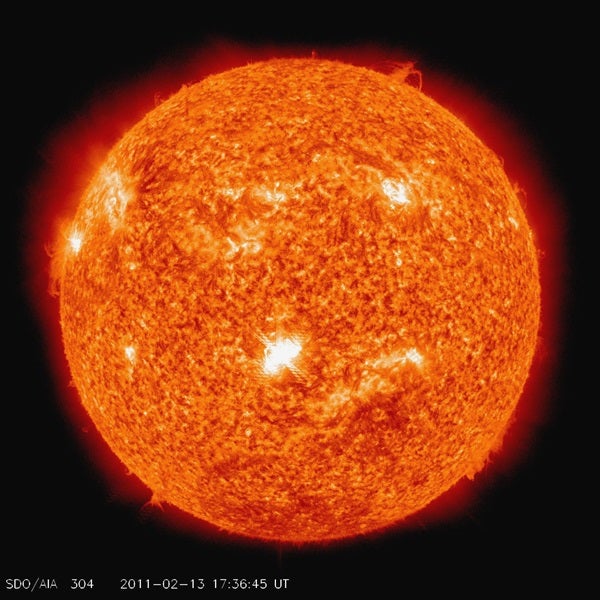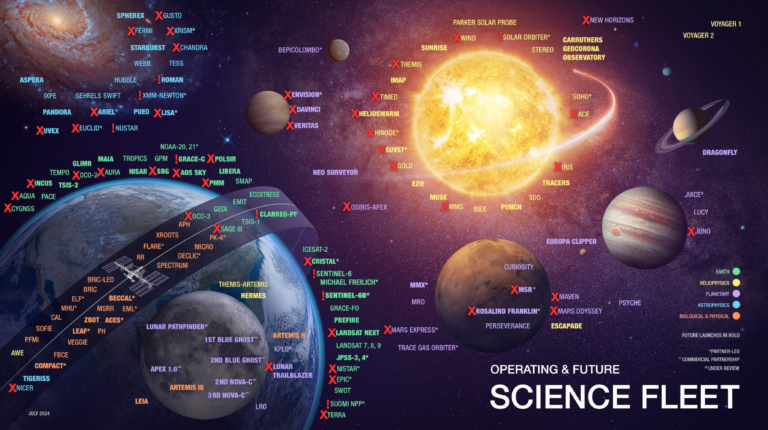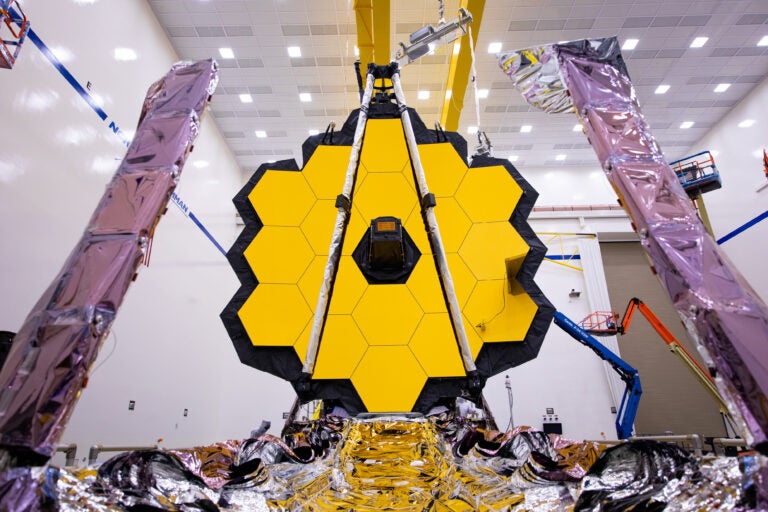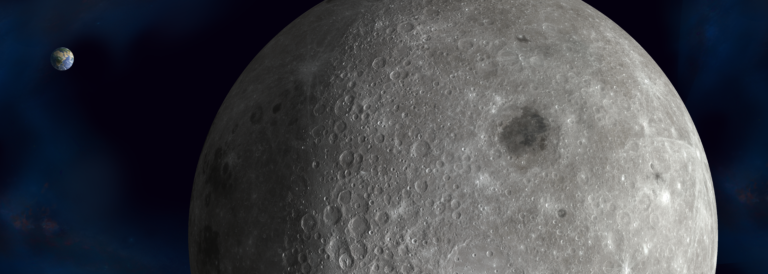Many astronomers (me included) are somewhat puzzled as to why massive stars only rarely exhibit strong magnetic fields at their surfaces. Part of the reason certainly arises from the fact that massive stars do not contain convective zones in their outer layers, unlike lower-mass stars such as the Sun. Consequently, massive stars do not support a magnetic dynamo near the surface that converts convective and rotational energy into magnetic energy. Any magnetic field at the surface would have to be a remnant of a past phase of magnetic activity, or would have to emerge from deep down in the star. Long-lived magnetic fields generated by such mechanisms appear to be rare, although the reasons are not well understood.
However, many massive stars may contain strong magnetic fields buried within their cores. Unlike their surfaces, the cores of massive stars are convective due to vigorous nuclear fusion near their centers. The combination of rotation and convection likely generates a magnetic dynamo in the core, although we can’t easily detect these magnetic fields at the surface. Still, there is new evidence from astroseismology that these magnetic fields exist, because they can be detected through their effect on stellar pulsations later in a star’s life, when it evolves into a red giant. Basically, magnetic fields inhibit the pulsations due to the strong magnetic tension force associated with bending magnetic field lines. This line of research is preliminary, but it may provide an exciting new way to probe magnetic fields deep inside of stars.
California Institute of Technology










